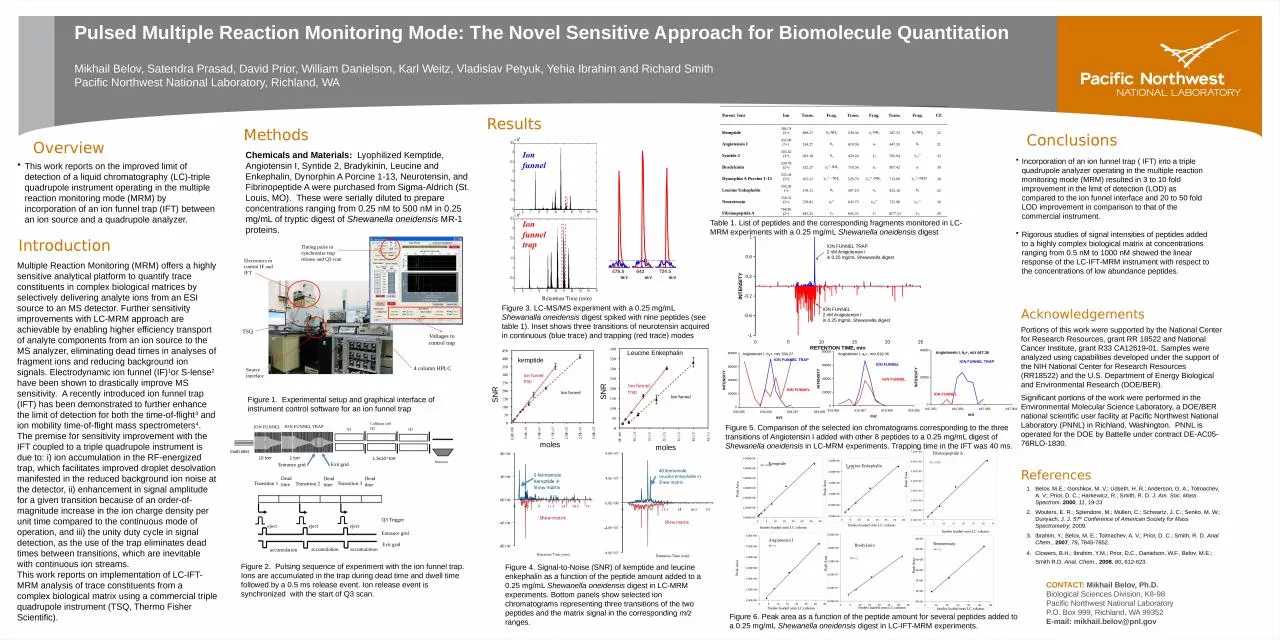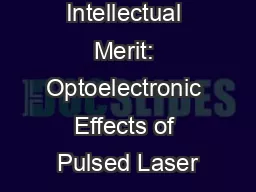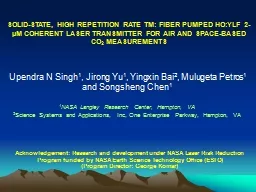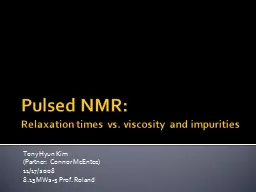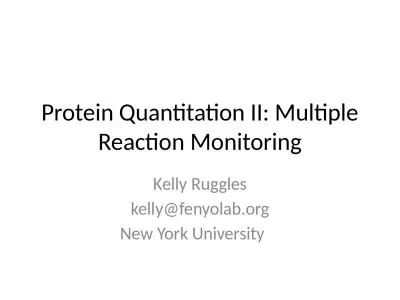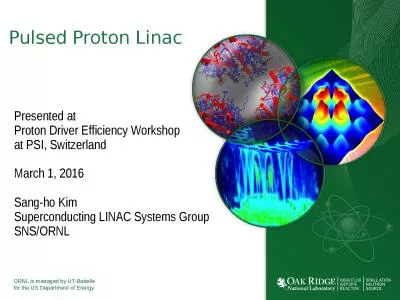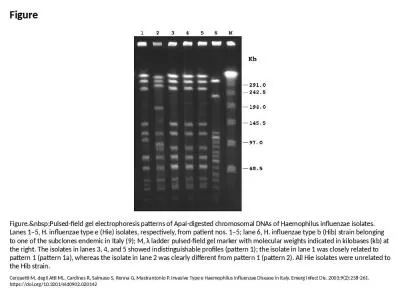PPT-Pulsed Multiple Reaction Monitoring Mode: The Novel Sensitive Approach for Biomolecule
Author : vivian | Published Date : 2023-11-12
Mikhail Belov Satendra Prasad David Prior William Danielson Karl Weitz Vladislav Petyuk Yehia Ibrahim and Richard Smith Pacific Northwest National Laboratory Richland
Presentation Embed Code
Download Presentation
Download Presentation The PPT/PDF document "Pulsed Multiple Reaction Monitoring Mode..." is the property of its rightful owner. Permission is granted to download and print the materials on this website for personal, non-commercial use only, and to display it on your personal computer provided you do not modify the materials and that you retain all copyright notices contained in the materials. By downloading content from our website, you accept the terms of this agreement.
Pulsed Multiple Reaction Monitoring Mode: The Novel Sensitive Approach for Biomolecule: Transcript
Download Rules Of Document
"Pulsed Multiple Reaction Monitoring Mode: The Novel Sensitive Approach for Biomolecule"The content belongs to its owner. You may download and print it for personal use, without modification, and keep all copyright notices. By downloading, you agree to these terms.
Related Documents

